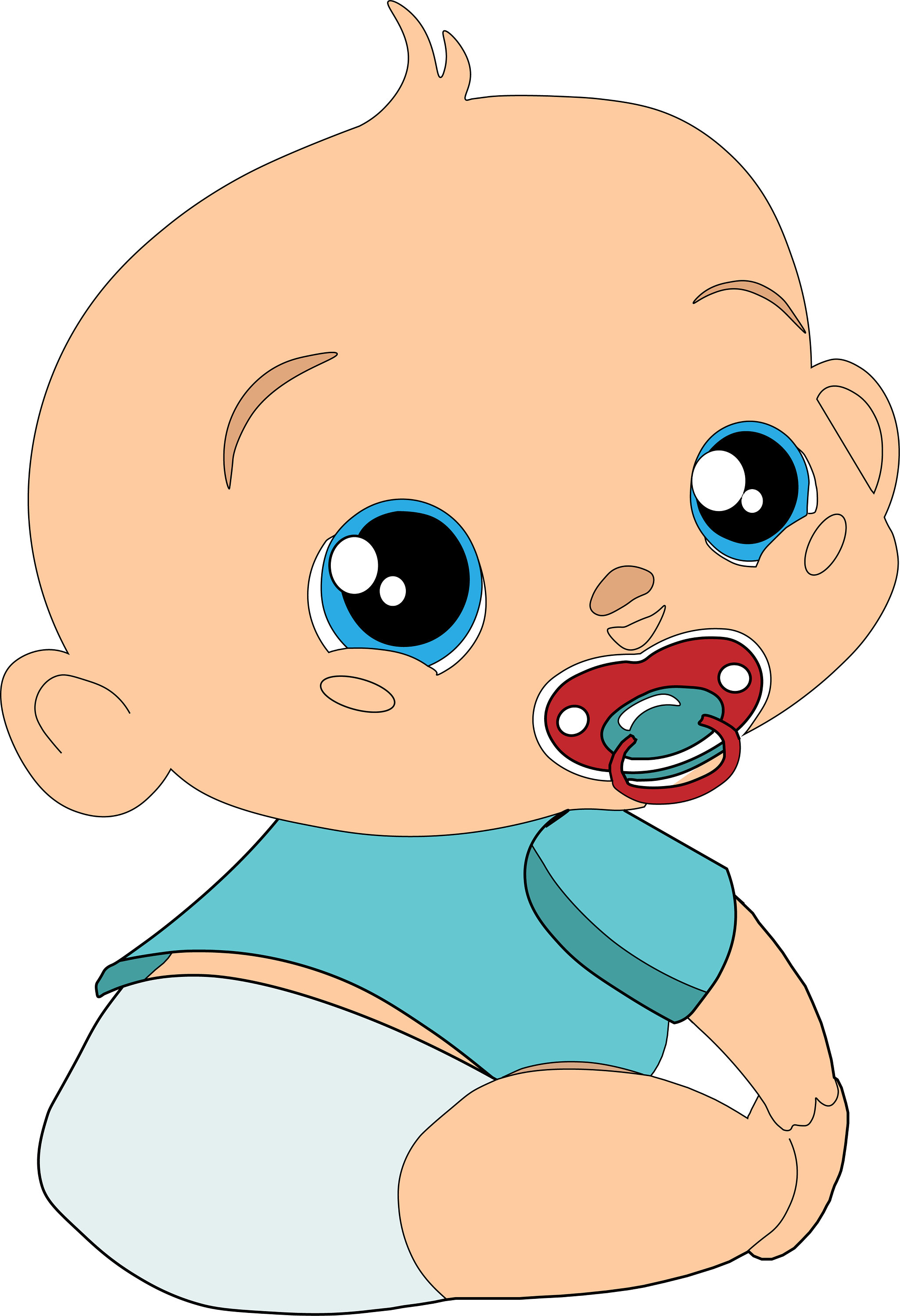
Baby Clipart: A Comprehensive Guide to Its History, Uses, and Impact
Introduction
Baby clipart, an ubiquitous visual element in the digital realm, has become an indispensable tool for designers, marketers, and individuals seeking to convey the innocence, joy, and tenderness associated with infants. This article delves into the rich history, diverse applications, and profound impact of baby clipart, exploring its evolution, cultural significance, and practical uses.
Historical Origins
The roots of baby clipart can be traced back to the early days of print media. In the 19th century, Victorian-era illustrations often featured cherubic babies as symbols of purity and innocence. These images, widely used in greeting cards and advertisements, laid the foundation for the modern concept of baby clipart.
The Digital Revolution
With the advent of digital technology in the late 20th century, baby clipart underwent a transformative evolution. The introduction of personal computers and graphics software made it possible for anyone to create and share digital images, including baby clipart. This accessibility led to an explosion of baby clipart designs, catering to a wide range of styles and applications.
Types of Baby Clipart
The world of baby clipart encompasses a vast array of styles, from realistic to cartoonish, and from traditional to contemporary. Some of the most common types include:
- Realistic Baby Clipart: These images depict babies with lifelike features and expressions, often capturing the nuances of infant anatomy and behavior.
- Cartoon Baby Clipart: These stylized images feature exaggerated features and simplified forms, creating a playful and whimsical aesthetic.
- Silhouette Baby Clipart: These images consist of black or white silhouettes of babies, offering a minimalist and elegant representation.
- Baby Animal Clipart: These images depict baby animals, such as kittens, puppies, and bunnies, often with human-like characteristics and expressions.
Uses of Baby Clipart
Baby clipart finds application in a multitude of contexts, including:
- Marketing and Advertising: Baby clipart is frequently used in marketing campaigns and advertisements to evoke emotions of warmth, tenderness, and family values.
- Social Media: Baby clipart is a popular choice for social media posts, particularly those related to parenting, pregnancy, and family life.
- Web Design: Baby clipart adds a touch of charm and relatability to websites and online platforms, especially those targeting parents and families.
- Greeting Cards and Invitations: Baby clipart is a staple in the design of greeting cards and invitations for baby showers, birth announcements, and other baby-related events.
- Personal Projects: Individuals often use baby clipart in personal projects, such as scrapbooks, photo albums, and home décor.
Cultural Significance
Baby clipart has transcended its practical uses to become a cultural symbol. It represents the universal themes of innocence, joy, and the promise of new life. Baby clipart has been featured in art, literature, and popular culture, reflecting its deep-rooted significance in human society.
Impact on Society
Baby clipart has had a profound impact on society, particularly in shaping perceptions of infants and childhood. By depicting babies as adorable, helpless, and in need of protection, baby clipart reinforces societal norms and values related to parenting and family life.
Ethical Considerations
While baby clipart is generally seen as a positive and harmless visual element, there are some ethical considerations to keep in mind. It is important to use baby clipart in a respectful and responsible manner, avoiding images that objectify or exploit infants.
Conclusion
Baby clipart has come a long way from its humble origins in Victorian-era illustrations. Today, it is an indispensable visual tool that evokes emotions, conveys messages, and enriches our digital experiences. Its historical evolution, diverse applications, and cultural significance make baby clipart a fascinating and enduring phenomenon in the world of visual communication.
